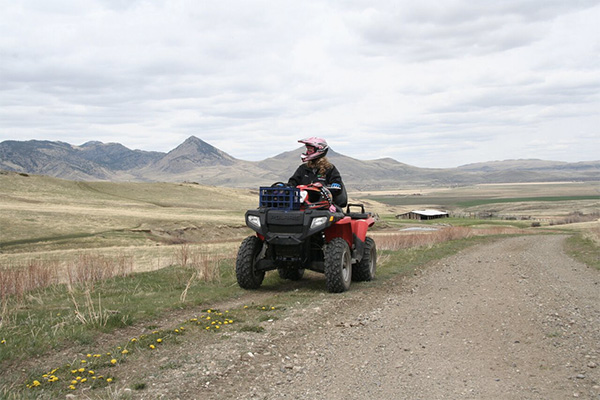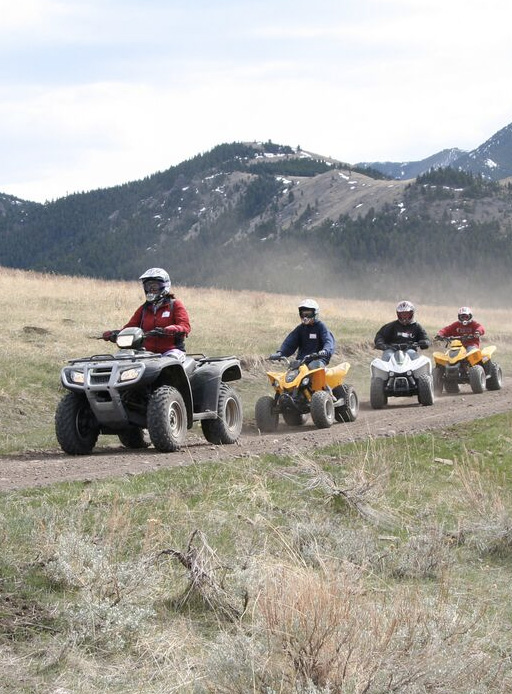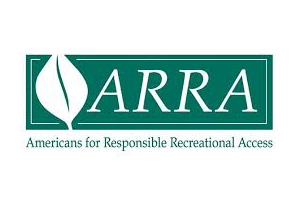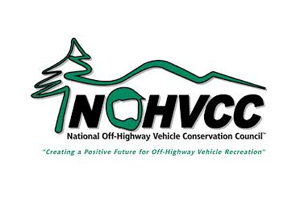ATVs can bring out the explorer spirit in all of us, but we have a responsibility to protect and preserve the environment.

As an ATV owner, “environmental responsibility” means preparing, knowing local rules, riding safely, and exercising common courtesy. It also means paying close attention to your surroundings and doing what is best to preserve the environment you are visiting.
Exploring can be tremendously satisfying, but always be aware of your environment to have a positive influence on nature and those around you.
An ATV’s ability to accelerate and maneuver quickly can be exhilarating, but can pose problems on trails shared with hikers, horseback riders, dirt bike or other ATV riders.

When trail riding, remember these tips:
- Travel and recreate with minimal impact.
- Respect the environment and the rights of others.
- Educate yourself; plan and prepare before you go.
- Ride only on “designated” trails.
- Stay in the middle of the trail to avoid widening it.
- Leave gates as you found them unless posted otherwise.
- Be courteous when passing hikers or other vehicles.
- Even a quiet ATV can sound noisy to other trail users, so keep your speed and engine rpm low and steady when near houses, cabins, campgrounds or anytime you are around non-riders.
- When you meet horses or pack animals on the trail, look and listen for instructions from the handler. Not all animals react the same around strangers, so it’s a good idea to stop on the outside edge of the trail, turn off your engine, take off your helmet and speak in a quiet, calm voice so the animals know you are just a person under all that ATV riding gear. Sudden movements can startle animals.
- When encountering others on the trail, yield to the passing group or those traveling uphill.
- Allow for future use of the outdoors; leave it better than you found it.
- When you see reparable trail damage, stop and take a few minutes to fix it.
Your four low-pressure tires (2 to 10 psi) are, by definition, low-impact tires. They are designed to reduce adverse effects on the terrain by distributing pressure over a wider area. Riding behavior that harms the land is self-defeating and irresponsible. Learn to protect and preserve your riding areas. Be as considerate to others as you would want them to be to you.



